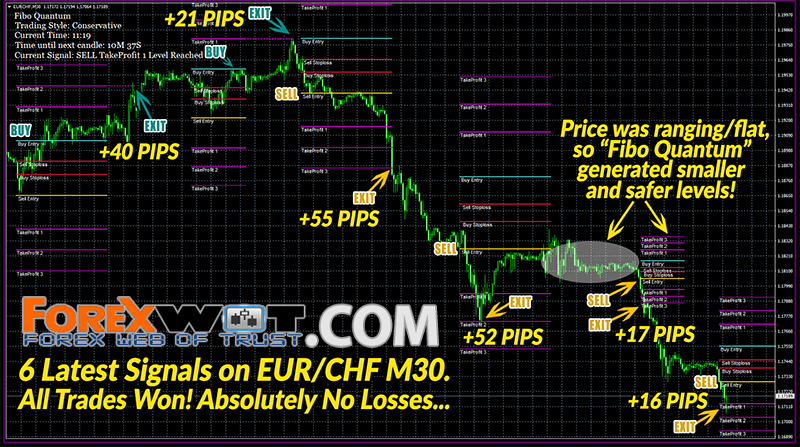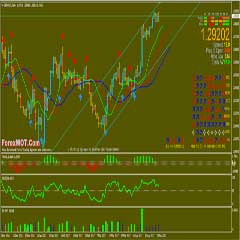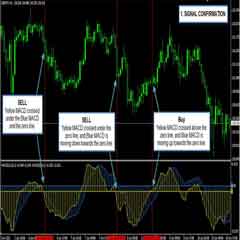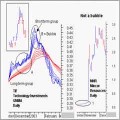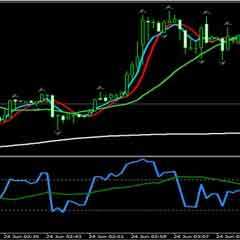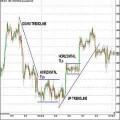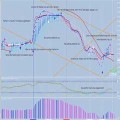Understanding Money Flow Index (MFI) analysis is crucial for successful trading. It’s the backbone of making informed decisions and ultimately earning maximum profits in any market.
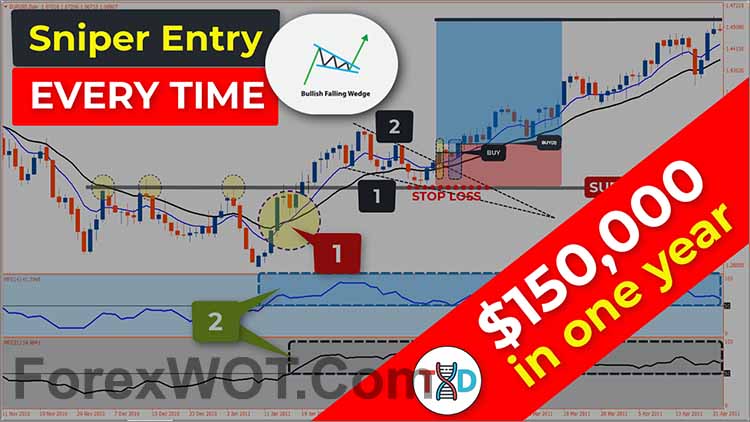
Without a solid grasp of Money Flow Index and Market Trend analysis, you might find yourself losing money or struggling to grow your investments.
So, I’m here to reveal everything about the Money Flow Index and the best Moving Average setups that you probably never knew. We will thoroughly examine the Money Flow Index, determine the best Moving Average settings when combined with the Money Flow Index, read candlestick charts, identify the best support and resistance levels, recognize trends, and execute entry patterns correctly.
I’ve condensed over a decade of my trading experience into this one comprehensive guide. And best of all, it’s free! So, hit that like button to support the channel and subscribe if you’re new here. Let’s dive in and boost your trading skills together!
The Money Flow Index (MFI) is a technical indicator used in trading to measure the strength of money flowing into and out of a security. It combines price and volume data to provide insights into buying and selling pressure over a specific period, typically 14 periods. Here’s why it’s considered a valuable indicator:
1st. Measures Buying and Selling Pressure: The MFI calculates a ratio of positive money flow to negative money flow, indicating whether a stock is overbought or oversold. This helps traders gauge the intensity of market sentiment.
2nd. Overbought and Oversold Conditions: Similar to the Relative Strength Index (RSI), the MFI is scaled from 0 to 100. Readings above 80 typically suggest overbought conditions, potentially signaling a price reversal or correction. Conversely, readings below 20 indicate oversold conditions, suggesting a potential buying opportunity. Based on my observations as a trader who interacts with trading charts almost daily, the Overbought and Oversold Conditions calculated by the MFI formula are more accurate compared to RSI and the Stochastic Oscillator. However, it’s possible that you may have a different viewpoint.
3rd. Confirmation of Trends: The MFI can confirm trends identified by other technical indicators or price action analysis. For instance, if a security is trending upwards and the MFI shows high readings above 50, it suggests strong buying momentum supporting the uptrend. On the other hand, if a security is in a downtrend and the MFI line falls below 50, it indicates significant selling pressure that reinforces the downward movement.
4th. Divergence Signals: Divergence between price action and the MFI can indicate potential reversals. For example, if a stock’s price is making higher highs while the MFI is making lower highs (bearish divergence), it may signal weakening buying pressure and a possible trend reversal to the downside.
5th. Incorporates Volume: Unlike some other oscillators, the MFI incorporates volume data, providing a more comprehensive view of market participation and strength of trends.
6th. Versatility: The MFI can be applied across different timeframes and is used in various markets including stocks, cryptocurrencies, and forex, making it adaptable for different trading strategies.
While the MFI is widely used and valued by traders, no single indicator guarantees success. Successful trading involves using the MFI in conjunction with other technical analysis tools, understanding market conditions, and implementing sound risk management practices.
Moving averages are among the most effective indicators in the financial markets. They are widely used for analyzing various financial instruments such as forex, stocks, and commodities.
Moving averages are calculated based on the opening or closing prices of candles over specific periods, which can be customized according to preference. Their straightforward application and distinctive features contribute to their popularity.
The Exponential Moving Average (EMA) is a type of moving average that provides reliable results in identifying trends. In particular, combining the EMA with the Money Flow Index indicator has shown effective results. Among the various EMA periods, the 9-period and 21-period EMAs are considered optimal for this combination.
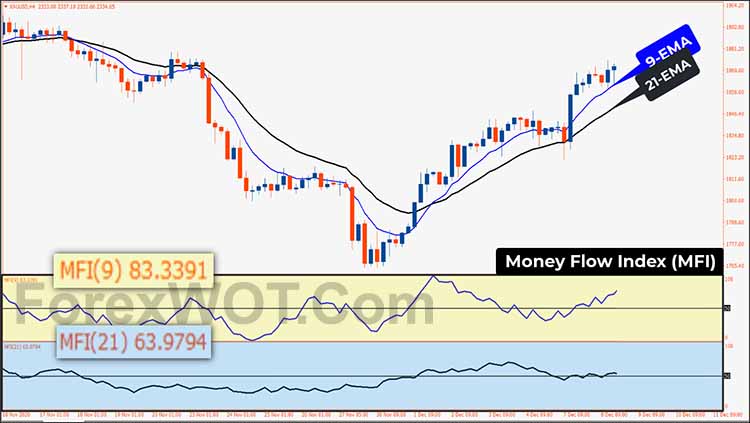
In this strategy, the 9-period EMA is represented by the red line, while the 21-period EMA is represented by the blue line.
If you want to master the Money Flow Index trading strategy, this is one of the most effective and easy-to-implement MFI strategies across all markets and timeframes.
Although the default period for the MFI indicator is 14 periods, this strategy uses 21-period MFI and 9-period MFI instead. The reason for using 21-period MFI and 9-period MFI is to align with short-term trend movements indicated by the 9-period EMA and 21-period EMA.
The advantage of using 21-period MFI and 9-period MFI to confirm trends shown by the 9-period EMA and 21-period EMA is that the Money Flow Index (or MFI) incorporates more complex formulations involving market volume. As a result, the trading signals generated are more accurate and reliable.
- Download “ForexWOT-EMAMFI(Price-Action)” (Zip/RAR File).
- Copy mq4 and ex4 files to your Metatrader Directory …/experts/indicators/
- Copy the “ForexWOT-EMAMFI(Price-Action).tpl” file (template) to your Metatrader Directory …/templates /
- Start or restart your Metatrader Client.
- Select Chart and Timeframe where you want to test your forex system.
- Right-click on your trading chart and hover on “Template”.
- Move right to select “ForexWOT-EMAMFI(Price-Action)” trading system and strategy.
- You will see the “ForexWOT-EMAMFI(Price-Action)” is available on your Chart.
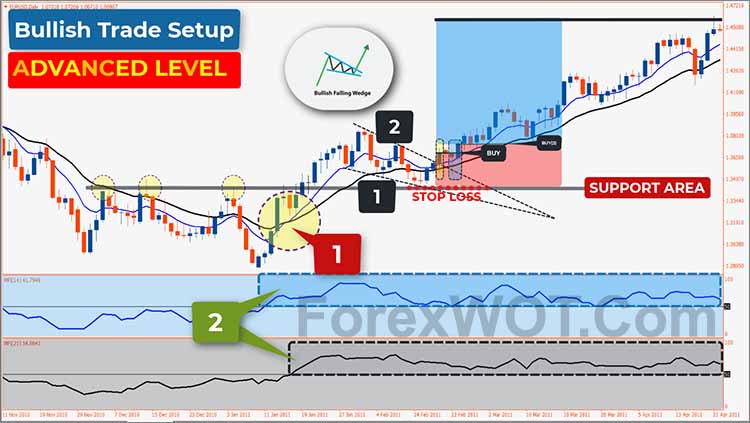
Place BUY orders when these conditions are fulfilled.
- 1st. the blue 9-period EMA line crosses above the black 21-period EMA line.
- 2nd. the blue 9-period MFI line and the black 21-period line are above the 50 level.
So, Here are the price action confirmations that strengthen the likelihood of our trade position being successful;
- 1st. The price shows a bounce upwards after reaching a support area. This is the first sign that the trend is continuing its bullish direction. Such conditions often occur in the market. So, if you encounter this situation, be prepared to open a position in the direction of this ongoing trend.
- 2nd. “A Bullish Falling Wedge has formed, which means it’s also a bullish signal in the price action chart pattern because the price has already broken the resistance trend line of this pattern. After at least two price action confirmations have appeared, we can consider opening a BUY position. So, in this case, once the candle that breaks above the resistance trend line closes as a bullish candle. You can consider opening a BUY position. Don’t forget to place a stop loss below the nearest swing low.”
- 3rd. Turns out, another bullish pin bar formed followed by a bullish engulfing bar. So, you can open a second BUY position with a stop loss below the nearest swing low.
Indeed, this trade resulted in significant profits because two consecutive price action signals formed while the Money Flow Index and Exponential Moving Average indicated a valid bullish trend.
Based on my experience, the more price action confirmations that gather around a trading signal, the greater the chance that our trade position will be profitable. Therefore, do not overlook price action analysis in this strategy. Once you’ve identified a valid trend after completing the first and second steps, if I find multiple price action confirmations or confluence following these criteria, I seriously consider making a larger transaction.
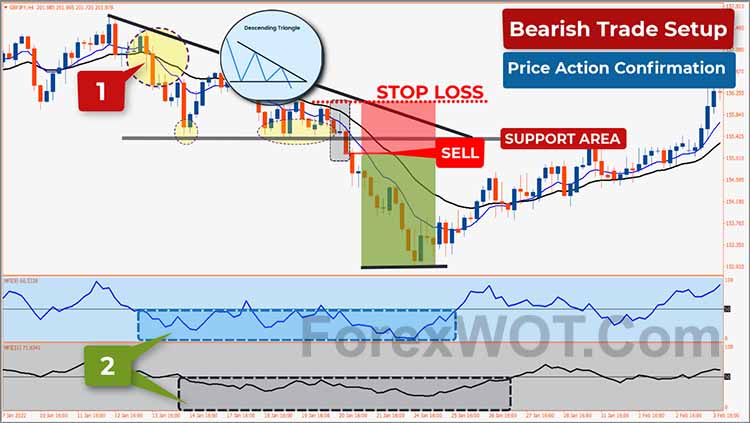
Place SELL orders when these conditions are fulfilled.
- 1st. the blue 9-period EMA line crosses below the black 21-period EMA line.
- 2nd. the blue 9-period MFI line and the black 21-period line are below the 50 level.
After the price movement meets the first and second trading rules, the market is categorized as validly bearish. The next step is to conduct price action analysis to identify high probability SELL signals.
So, Here are the price action confirmations that strengthen the likelihood of our trade position being successful;
- 1st. A strong support area is formed.
- 2nd. A bearish pin bar is followed by a penetration of the strong support area by a bearish marubozu candle.
- 3rd. A descending triangle pattern forms, indicating a potential bearish trend if the support area of this triangle pattern is successfully breached by a bearish candle. In this case, the support area has already been breached by a bearish marubozu candle.
Unlike the first example that illustrated a high probability BUY signal, this is a high probability SELL signal. If I come across a trading signal like this or similar to it, I would consider entering a larger position because the likelihood of achieving substantial profits is very high.

